Baking with olive oil brings benefits, but many home bakers don’t know how to use it properly. According to a 2020 survey, only 22% of Americans have tried baking with olive oil despite its versatility. Are you one of them?
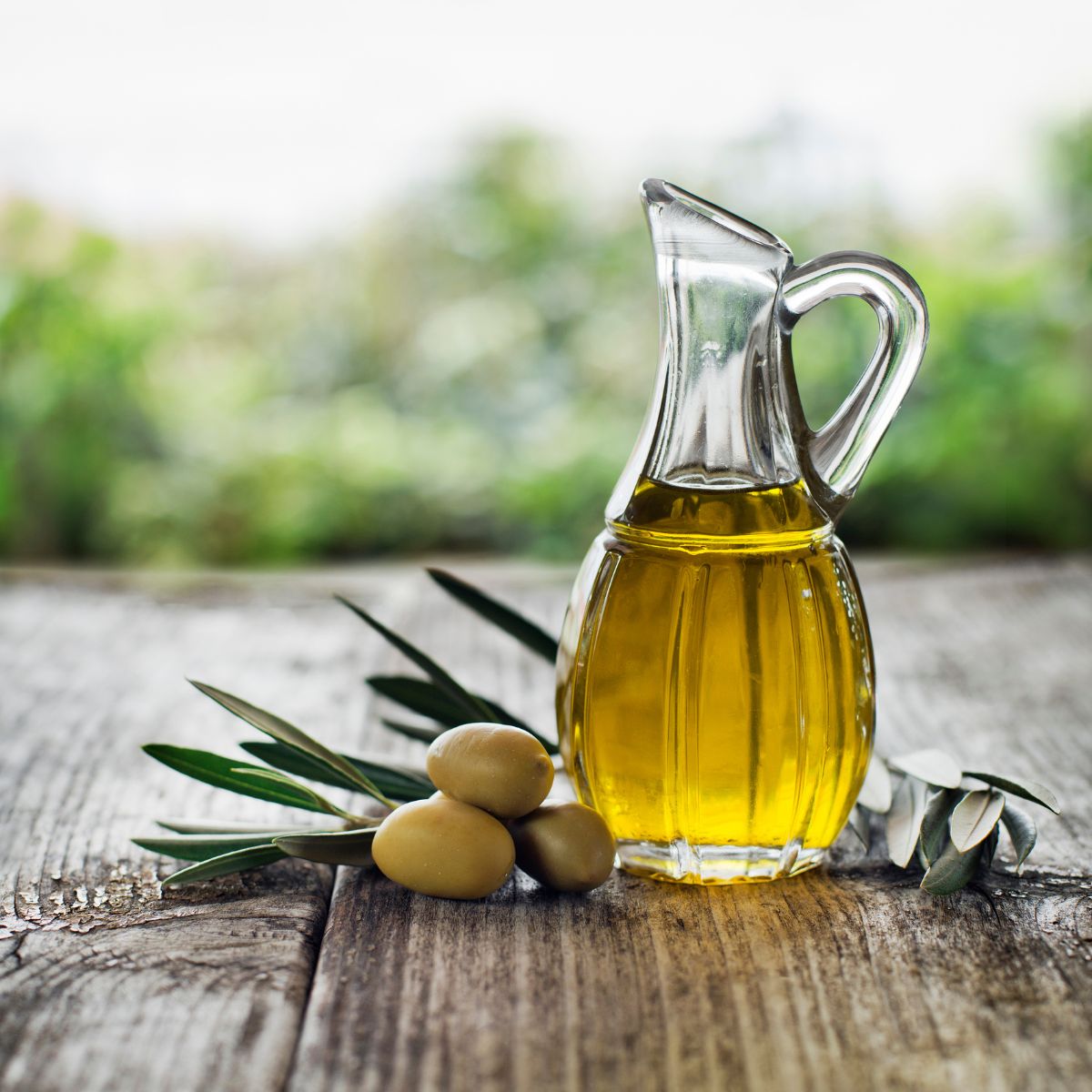
This article will teach beginners everything they need to know. You'll learn how to select the right olive oil, make simple substitutions, and adjust recipes to unlock olive oil’s moisture and flavor. With the tips here, you can easily incorporate heart-healthy fats into cakes, cookies, and breads.
Discover how olive oil can upgrade your baking for delicious, nutritious results.
Can You Bake with Olive Oil?
Many home bakers have questions about using olive oil in baked goods. Is it a suitable baking oil? Will it affect the taste? Here, we debunk some common olive oil baking myths.
Olive oil is a remarkably versatile cooking oil for baking, frying, sautéing, and more. You can use olive oil instead of butter or refined oils like vegetable oil whenever recipes call for them.
Contrary to popular belief, olive oil can be an excellent oil for baking. While some assume its flavor is too strong, high-quality extra virgin and pure olive oils have a mild enough taste for most baking purposes. The key is choosing a light, mildly flavored olive oil that won’t overpower your recipe.
Another myth is that olive oil cannot withstand baking temperatures. However, olive oil has a high smoke point of around 400°F, making it suitable for most baking up to this temp. The antioxidants in olive oil also provide stability during heating.
Many baked recipes can use olive oil instead of other oils or butter. The result is often a moist texture and rich, rounded flavor. Olive oil works well in cakes, cookies, breads, muffins and more. It also performs nicely in oil-based cakes like carrot, banana, and zucchini bread.
So don’t be afraid to experiment with olive oil in your baking. Opt for a light, pure grade; it can be a tasty alternative to enhance many recipes.
The Health Benefits of Olive Oil in Baking
Using olive oil in baking provides excellent nutritional advantages. It is a much healthier fat option than butter, shortening, or other oils.
Olive oil is rich in monounsaturated fatty acids, which have been shown to improve heart health by lowering LDL cholesterol levels. Studies link higher olive oil consumption to reduced risk of cardiovascular disease.
It also provides powerful antioxidants like polyphenols that can help fight inflammation and oxidative stress. Research indicates that extra virgin olive oil, in particular, offers the highest levels of these beneficial plant compounds.
Another health benefit of olive oil is its high vitamin E content, an essential nutrient many Americans lack. Just 1-2 tablespoons provides a significant amount of your daily recommended vitamin E.
Using olive oil in baked goods adds healthy fats and antioxidants and can help lower the overall calories. You can replace butter or oils with less healthy saturated fats without sacrificing taste.
So, baking with olive oil gives you delicious results while boosting the nutritional value of treats like cakes, breads, and cookies. It’s a simple way to bring healthy heart fat into your diet.
Choosing the Right Olive Oil for Baking
With the array of olive oil types and options available, selecting the suitable variety for your baking needs can get confusing. Here’s a look at the critical differences between extra virgin and regular olive oil to help determine which works best.
Extra Virgin Olive Oil
Extra virgin olive oil (EVOO) comes from the first cold pressing of olives and has the most delicate flavor. It contains low acidity levels and no chemical processing, retaining all its antioxidants and healthy compounds.
For baking, EVOO offers some advantages but also a few drawbacks. On the plus side, its fruity, peppery flavors can enhance bread, cakes, cookies, and more by infusing them with a delicious olive taste. EVOO’s high smoke point of around 400°F also makes it suitable for most baking scenarios.
However, its pronounced flavor means EVOO can sometimes overpower more delicate baked goods. The premium price of extra virgin olive oil also makes it less cost-effective for large-batch baking.
Save EVOO for recipes whose flavor complements the other ingredients, like olive oil cakes, shortbreads, and focaccia.
Regular Olive Oil
Regular olive oil undergoes some refinement and has a milder, neutral taste. It has a higher smoke point, around 465°F.
For most baking purposes, regular olive oil is an ideal choice. Its lighter flavor won’t interfere with the other ingredients, allowing the flavors of cakes, cookies, and breads to shine rather than impart their taste.
Regular olive oil also has a lower price tag, making it budget-friendly for recipes needing more significant amounts of oil. For general baking and cooking needs, regular olive oil is perfect.
Opt for flavorful EVOO to enhance foods where its olive essence is desirable. Use more affordable, mild, regular olive oil when you don’t want an overt olive flavor in baked goods and cooking.
Baking Recipes Featuring Olive Oil
Olive oil can be seamlessly incorporated into all types of delicious baked goods. Here are some top recipes that showcase how tasty and versatile olive oil is for baking.
Sourdough Bread
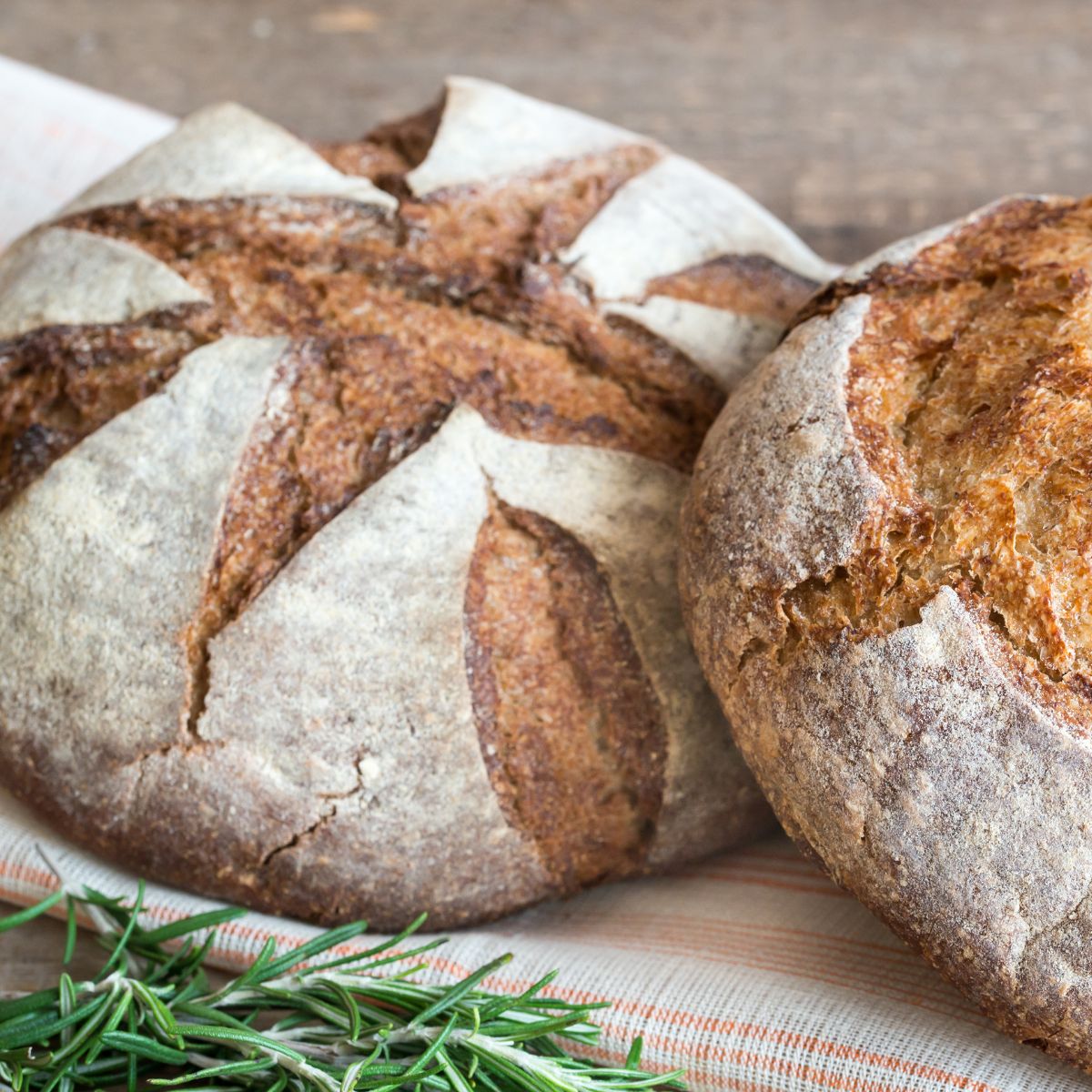
Sourdough's pleasant tang pairs beautifully with the lightly fruity flavor of olive oil. This crusty artisan-style sourdough loaf uses a mix of white bread flour, whole wheat flour, and olive oil for added moisture and richness. The olive oil helps create a nice crust and tender crumb.
- Mix 3 cups white bread flour, 1 ½ cups whole wheat flour, 2 teaspoon salt, 1 teaspoon active dry yeast.
- Add 1 ⅓ cups warm water and ¼ cup olive oil. Knead dough until smooth and elastic.
- Let it rise for 1-2 hours until it is doubled. Punch down and shape into a round loaf.
- Cover and proof for 1 hour. Dust with flour and score.
- Bake at 450°F for 30-35 minutes until deep golden brown.
Olive Oil Cake
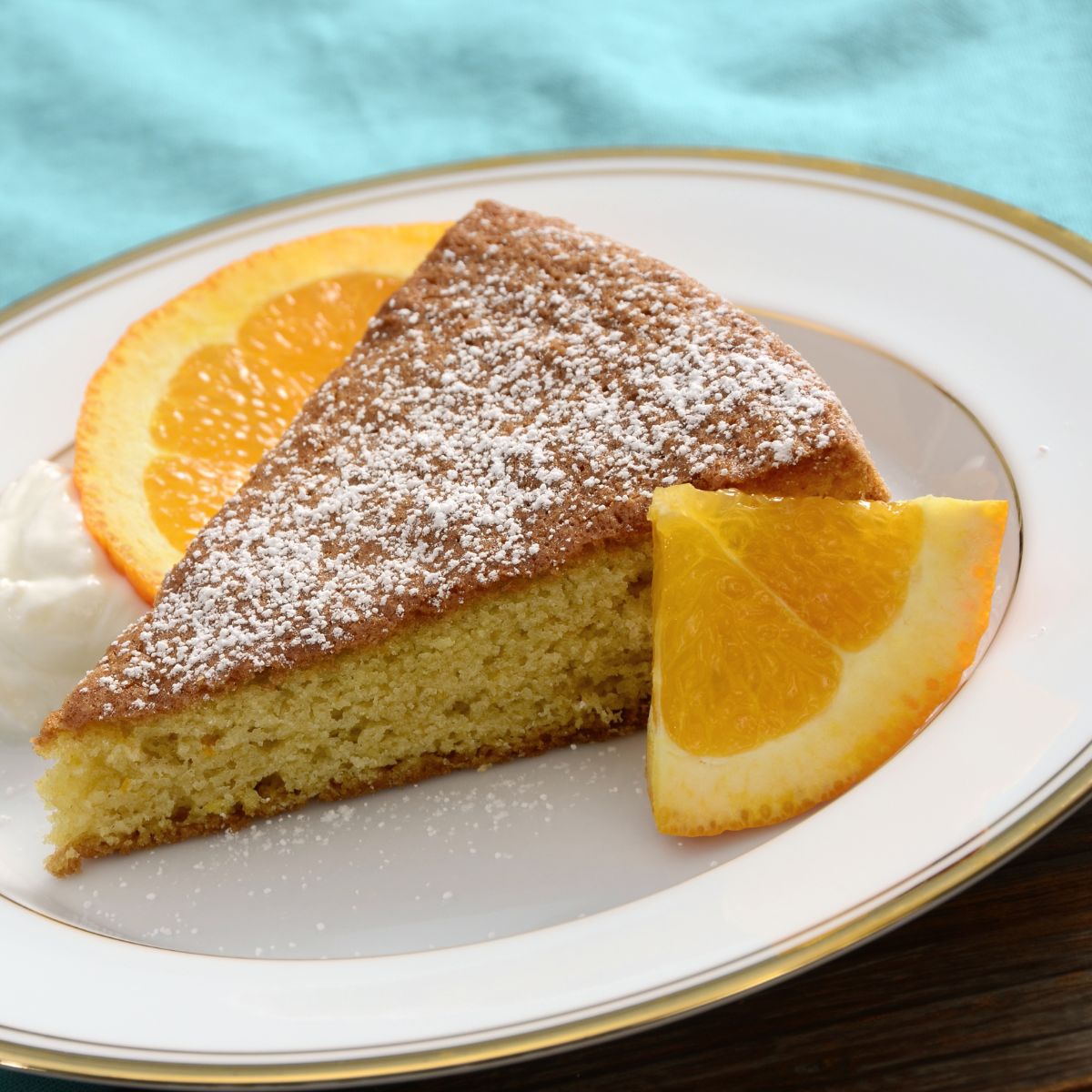
This Mediterranean-inspired citrus olive oil cake has a delightful, moist texture punctuated with orange zest. The olive oil provides beautiful fruity undertones.
- Whisk 2 cups flour, 1 ½ teaspoon baking powder, ½ teaspoon salt.
- Mix in 1 orange, zested and juiced, 1 cup olive oil, and 1 cup sugar.
- Fold in 4 eggs one at a time until just combined.
- Pour batter into a greased 9-inch cake pan.
- Bake at 350°F for 45-50 minutes.
Olive Oil Chocolate Chip Cookies
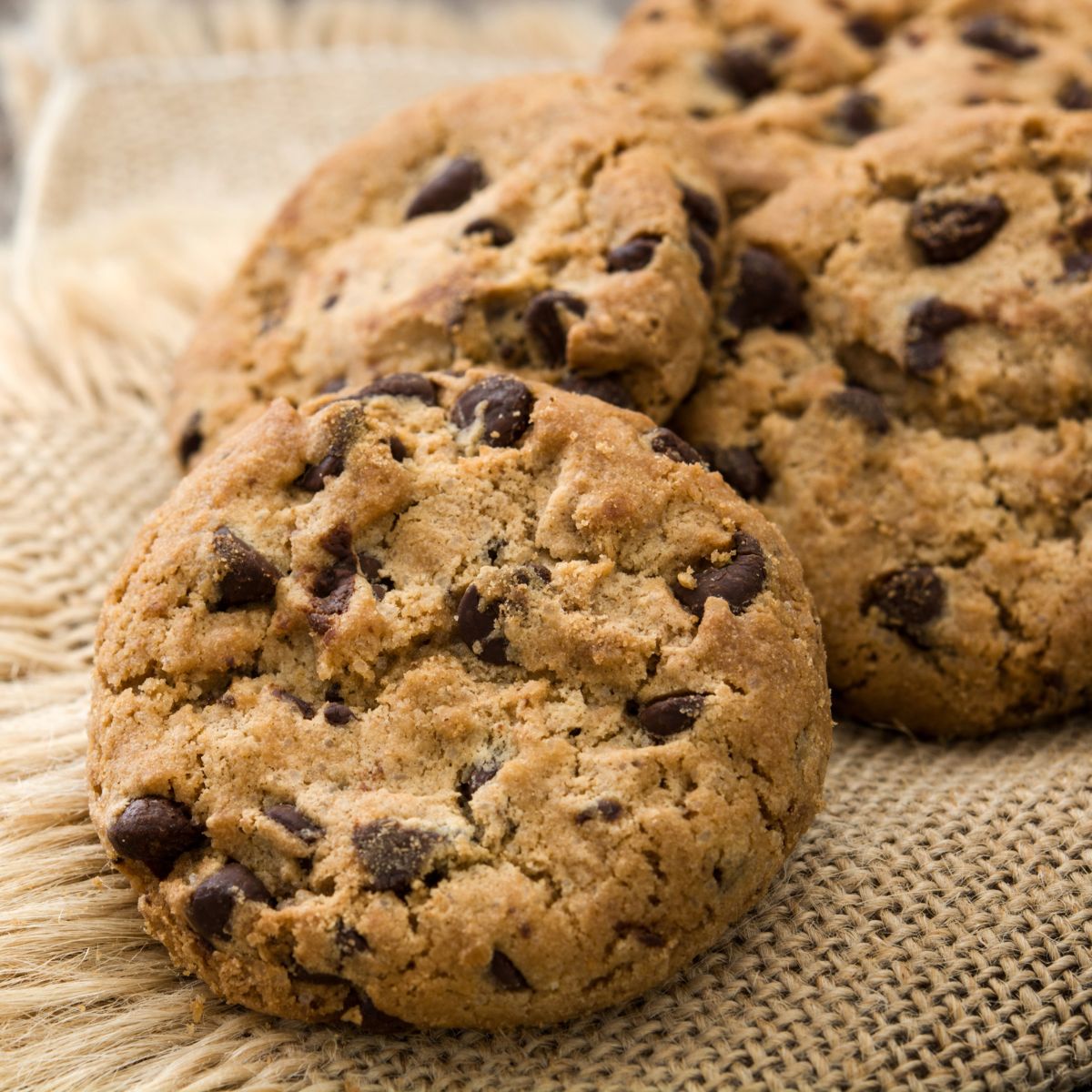
Using olive oil gives these chocolate chip cookies incredible softness and richness. The olive oil also keeps them chewy and fresh longer than butter-based versions.
- Cream together 1 cup granulated sugar, ¾ cups olive oil, and one large egg until smooth.
- Stir in 1 teaspoon vanilla extract and 1 ¾ cups flour until combined.
- Fold in 2 cups of chocolate chips, then chill the dough for 30 minutes.
- Scoop rounded tablespoons of dough onto baking sheets.
- Bake at 350°F for 13-15 minutes.
Olive oil can upgrade all your favorite baked treats without overpowering them. Use it in your next bread, cake, or cookie recipe for delicious results!
Olive Oil as a Substitute: Tips and Tricks
Olive oil can often be seamlessly substituted for other fats in baking recipes. Here are some tips for swapping in olive oil.
Can You Use Olive Oil Instead of Vegetable Oil?
Olive oil can replace vegetable, canola, or other neutral-tasting oils in most baked goods. The flavors will marry well, so you likely won’t taste a difference using a mild olive oil.
The substitution ratio is 1:1 - use the same amount of olive oil as vegetable oil called for. Olive oil may produce slightly denser results due to its low saturated fat content. But overall, olive oil makes an easy, healthier stand-in.
Can You Use Olive Oil Instead of Butter?
Butter can also be replaced with olive oil in many recipes. However, a few adjustments may be needed as olive oil has a different moisture content.
Use a 3:4 substitution ratio for olive oil to butter substitute. For every three tablespoons of butter, use four tablespoons of olive oil. The extra olive oil compensates for the lost water content compared to butter.
Using olive oil, expect a slightly more tender, cake-like crumb. The flavor will be milder as well without the rich taste of butter. For cookies, try chilling the dough longer to avoid spreading.
Overall, olive oil makes an excellent heart-healthy swap for butter. Use the adjusted olive oil amount, and be mindful that oven temperature and bake times may vary slightly.
You can use olive oil instead of other baking fats with quality mild olive oil and a few simple tweaks. Experiment with substitutions in your favorite recipes. Olive oil’s versatility and nutrition make it a brilliant alternative for all delicious baked goods.
The Impact of Olive Oil on Baking Texture and Flavor
When baking with olive oil, you'll notice differences in the final texture and flavor compared to other fats.
Olive oil introduces outstanding moisture into baked goods. The result is often a more tender, cake-like crumb and soft texture. Olive oil cakes and breads stay fresher longer thanks to olive oil's resistance to staling.
Flavor-wise, a light or mild olive oil allows other ingredients to shine while adding subtle fruitiness. A robust extra virgin olive oil makes its bold presence known with peppery, grassy notes. Overall, olive oil creates a well-rounded, rich taste.
You may need to adjust baking times and temperatures slightly when using olive oil instead of butter or vegetable oils to account for moisture and fat content differences.
With some tweaks, olive oil’s wetness and fruit-forward flavors can take baked treats to new heights. Embrace olive oil’s impacts during baking experiments to create masterpieces with the ideal texture and taste.
Storing and Handling Olive Oil for Baking
Proper storage and handling are crucial to retaining olive oil's best flavor and quality. Here are some tips when using olive oil for baking:
- Olive oil should be stored in a cool, dark place like a pantry or cupboard. Heat and light will accelerate spoilage. The ideal storage temperature is around 57°F.
- Use olive oil within 1-2 months of opening for maximum freshness. You can tell if olive oil has gone rancid from an off smell or taste.
- Avoid repeatedly dipping olive oil into the bottle with messy utensils when measuring it for recipes. Always use clean, dry spoons and cups. Water encourages mold growth.
- Don’t let olive oil sit out at room temperature for extended periods. Pour out only what you need for baking and return the bottle to cool storage.
- Check your olive oil’s harvest and best-by dates. Fresher oil makes better-baked goods.
Proper storage and careful handling will keep your olive oil in peak condition for baking. Follow these tips; your treats will always have a delicious, fruity olive oil flavor.
Let’s Talk About Price when Baking with Olive Oil
When baking with olive oil, cost is often a consideration compared to other neutral oils. Extra virgin olive oil has a higher price tag due to the meticulous
production process and heftier ingredient costs. Regular olive oil is more affordable.
While EVOO can cost over $20 per liter, regular olive oil averages $6 to $10 per liter. Other neutral oils like canola or vegetable oil tend to be under $3 per liter.
However, you can implement some budget tips when baking with olive oil:
- Opt for regular olive oil instead of pricier EVOO when its flavor doesn’t overpower.
- Buy olive oil in larger quantities. The per unit price drops significantly for gallon tins versus small bottles.
- Seek out store brands of olive oil rather than name brands. Quality is often comparable.
- Watch for sales and buy a few bottles at once. Olive oil can be kept for over a year, sealed, and refrigerated.
With smart shopping, olive oil can fit into most baking budgets. Paying more provides added health benefits and delicious flavors that enhance baked goods.
Try Baking with Olive Oil Today
Olive oil brings immense versatility and nutrition to baked goods. As discussed, it moisturizes cakes, breads, and cookies for a tender crumb while providing heart-healthy fats and antioxidants—both extra virgin and regular olive oil suit most baking when you opt for mild flavors. With proper storage and handling, olive oil's quality shines through for superior taste and texture.
While more costly than vegetable oils, olive oil uplifts recipes when used thoughtfully. Savings come from buying in bulk and selecting affordable yet high-quality brands. With some easy substitutions, bakers can trade out butter or neutral oils for fruity, nutritious olive oil.
This article has shown olive oil's budget-friendly role in crafting nutritious, melt-in-your-mouth baked treats. Home bakers looking to add moisture, richness, and elegance to their creations need to look no further than versatile olive oil. Follow the guidance here to seamlessly incorporate olive oil into your favorite recipes for baked goods that deliver nutrition and indulgence.
Recipes That Use Olive Oil
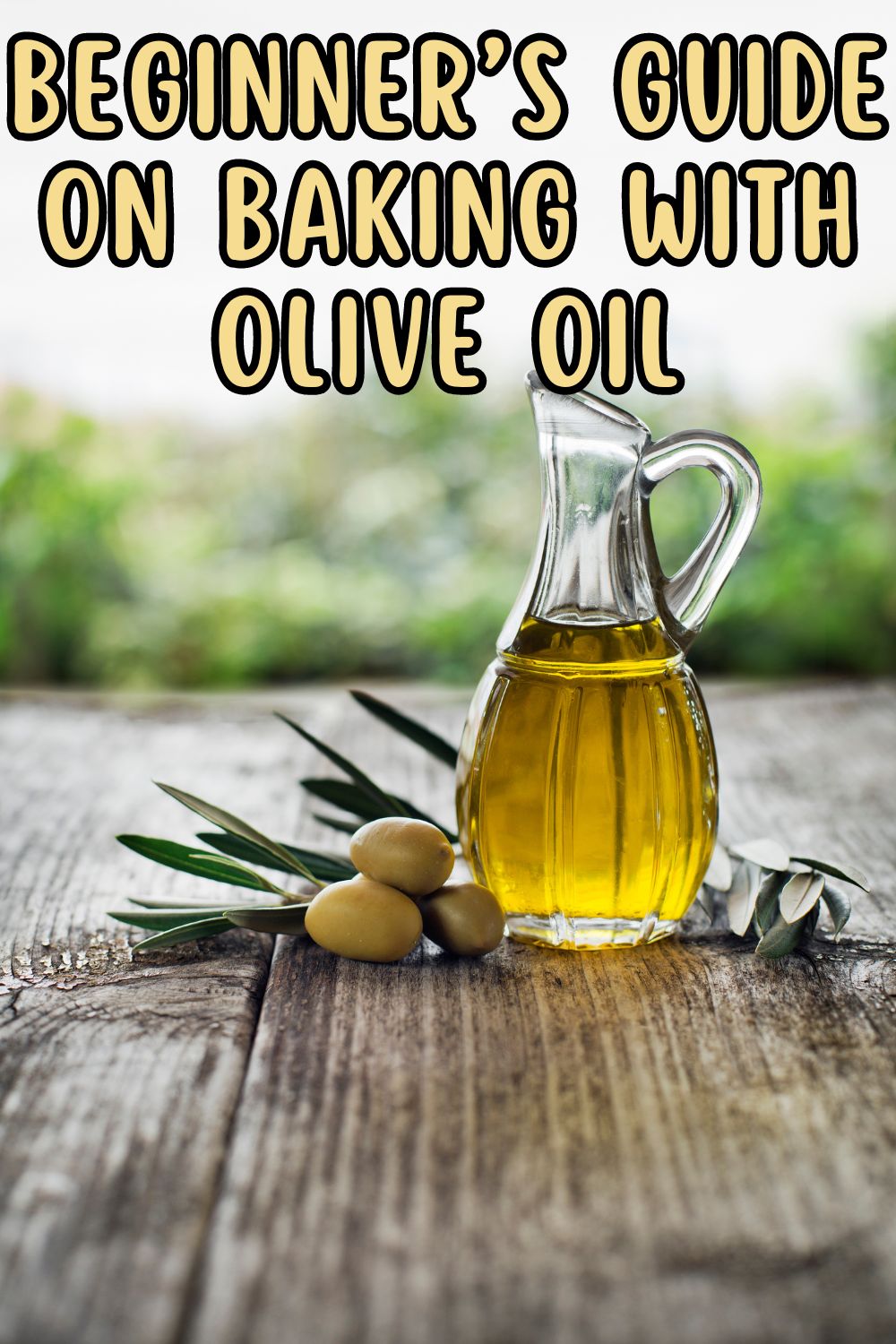
This article originally appeared on Pink When.

Anna Brooks
Anna Brooks, the voice behind CooksDream.com, is a seasoned writer and editor with an insatiable love for food. While not a professional chef, her culinary adventures and unique insights have captivated readers for years. Anna believes in the transformative power of food, stating it "feeds the soul." Dive into her writings for a mix of inspiration, entertainment, and culinary wisdom.
